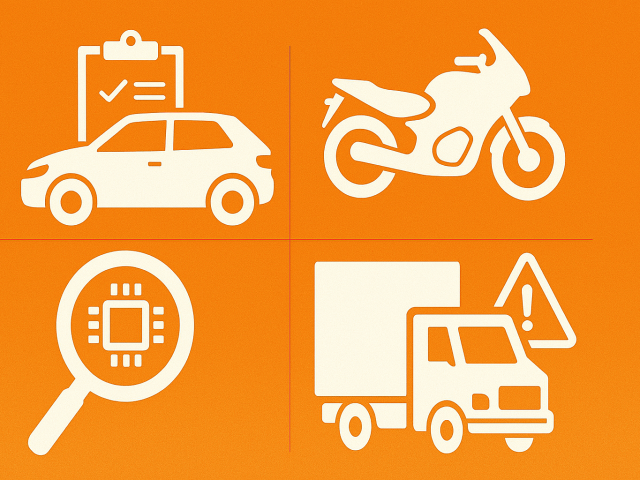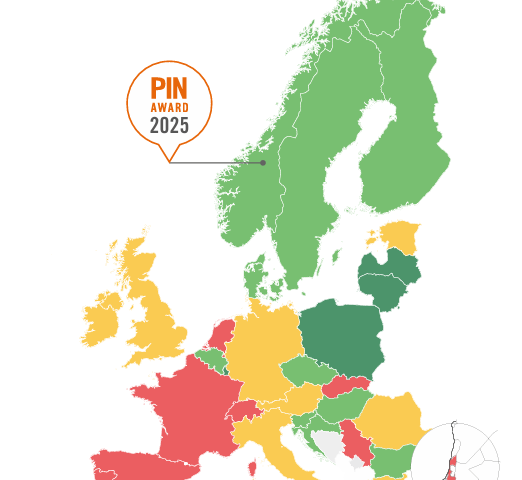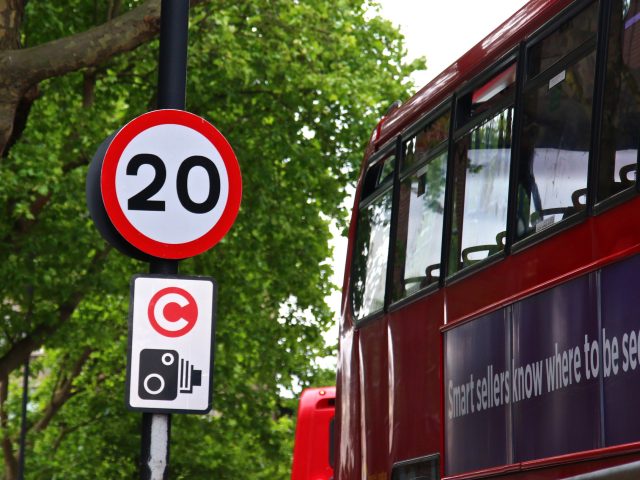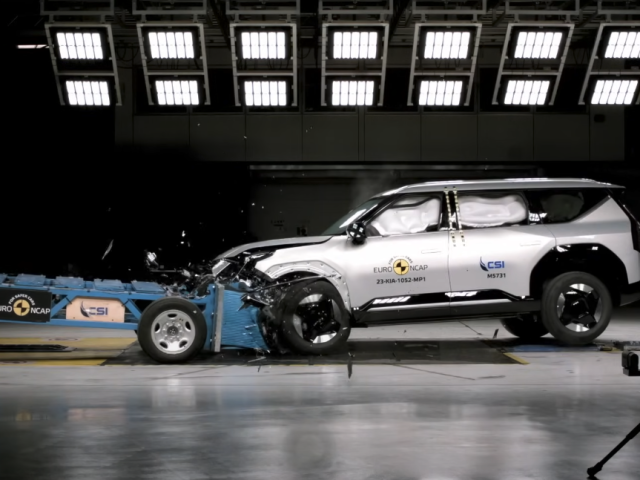ITF report recommends action on safety of e-scooters
A new study by the International Transport Forum’s “Corporate Partnership Board” examines several safety aspects of e-scooters and other micro-vehicles and makes a number of recommendations.
In general the report recommends treating e-scooters in the same way as bicycles with separated infrastructure, restricting their use on pavements (or requiring a lower speed) and not subjecting the vehicles to EU type-approval rules.
ETSC is concerned about evidence of higher numbers of severe injuries among e-scooter riders compared to cyclists and is calling for more and better data collection and analysis before recommendations are made on their safety in comparison to cycling. A recent US study reportedly found that rates of head injury were twice as high for e-scooter users as for cyclists.
At the 3rd Global Ministerial Conference on Road Safety in Stockholm earlier this month, the Danish Transport Minister Benny Engelbrecht said that their research showed the rate of e-scooter rider injuries was eight times higher than for cyclists.
KfV, ETSC’s Austrian member, has warned that e-scooter collisions may be underestimated while at the same time noting that there were at least 1000 users that required hospital treatment in the last year in Austria. According to the latest data from France, 11 e-scooter riders died in 2019.
The ITF researchers said that traffic would become safer if e-scooter and bicycle trips replace travel by car or motorcycle. However, two recent pieces of research suggest the opposite is happening. A study by the Danish Road Safety Agency found that e-scooter trips replaced primarily trips by foot, bicycle and public transport. A survey in Brussels by Brussels Mobility found that 75% of e-scooter journeys replaced walking or public transport. Modal shift from walking to e-scooter rides, as the ITF report acknowledges, would cause a rise in overall road risk.
The ITF report suggest that per-minute pricing models could be also increasing risk and should be replaced by a per-km or per-trip pricing model.
Although the authors hold back from recommending type approval for e-scooters, as required in the Netherlands and Germany, they do recommend that manufacturers should enhance stability and road grip of this vehicle type. They suggest that safer solutions could be found in pneumatic tyres, larger wheel sizes and frame geometry. Indicator lights could be made mandatory and brake cables better protected from damage or vandalism.
The use of vans for re-positioning or re-charging micro-vehicles should be also minimised, as they impose additional risks on all road users according to the ITF.
The Netherlands is taking a cautious approach on e-scooters. The vehicles are currently only permitted on public roads if type-approved. But not a single manufacturer has so-far requested such an approval. Many owners are ignoring the rules, as is the case in the UK which also does not yet permit e-scooters, but may change its rules soon.
Download the report at: https://www.itf-oecd.org/safe-micromobility







